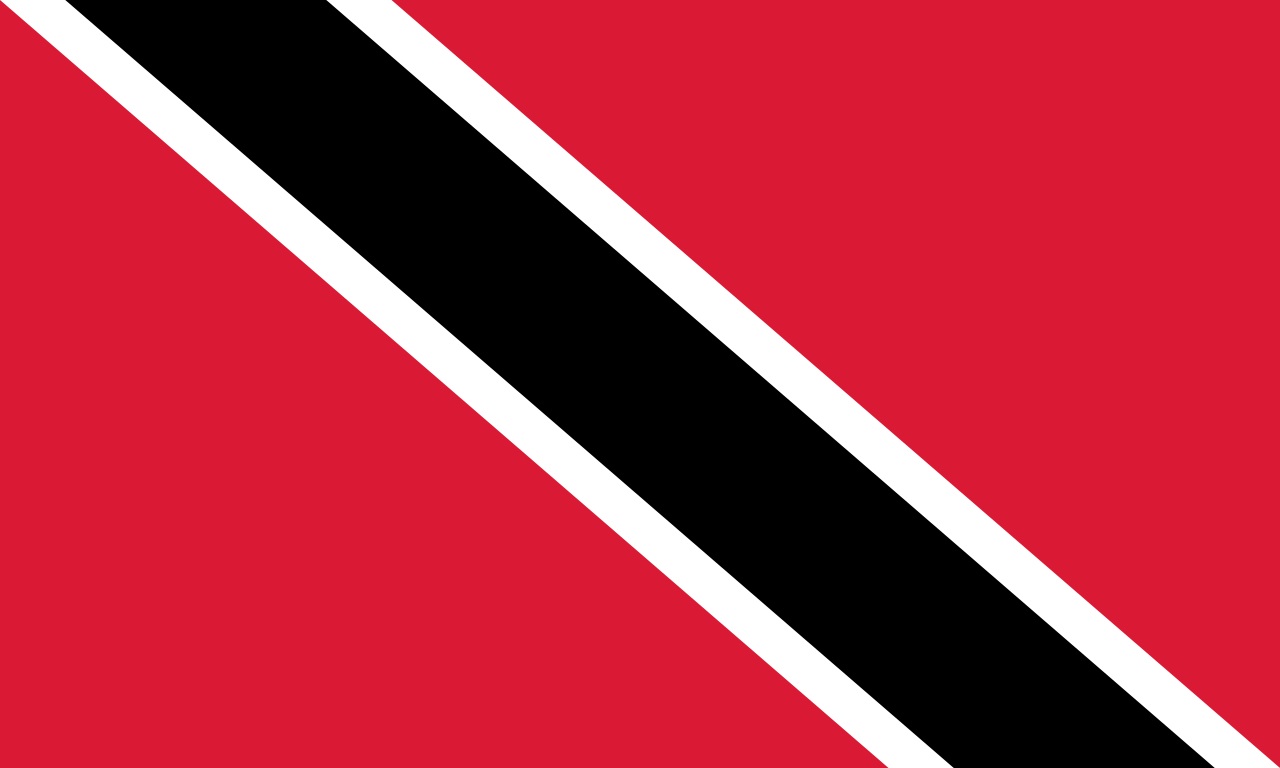Points: The National Hurricane Center of the United States has issued the following announcement. The difference between a hurricane and a tropical storm is the maximum wind speed. Even though tropical storms have lower wind speeds than hurricanes, they can still cause damage due to heavy rain, so please be cautious.
- Disturbances (such as thunderstorms) are expected to become tropical storms either before or upon reaching the Leeward Islands (*). There is a possibility that it will become a tropical storm by Tuesday, August 13. *Leeward Islands include Saint Kitts and Nevis, Antigua and Barbuda, Dominica, etc.
- Localized heavy rain in the Leeward Islands from the afternoon of the 12th until Wednesday, the 14th, could lead to flash floods and landslides.
Body:
- Those planning to travel to or stay in these areas, or those currently staying there, should refer to the related websites below to gather information on the tropical disturbance and local weather. If damage is anticipated, please avoid traveling or going out, and consider changing your schedule, route, or destination to ensure your safety and avoid getting caught up in disasters or accidents.
- National Hurricane Center: Forecast Track Map https://www.nhc.noaa.gov/refresh/graphics_at5+shtml/115433.shtml?cone#contents https://www.nhc.noaa.gov/
- Weather Channel: http://www.weather.com/
- AccuWeather: https://www.accuweather.com/en/ag/gambles/6284/weather-radar/6284
- Those currently staying in the area should ensure they have sufficient supplies and confirm evacuation locations to prepare for potential disasters. Before Landfall/Approach: (1) Collect the latest information from news sources and relevant authorities. (2) Prepare for possible power outages by securing flashlights, lighters, candles, portable radios, extra batteries, as well as essential supplies such as drinking water, food, and gasoline. (3) Prepare for potential evacuation by having passports, cash, rain gear, portable water, and food ready and accessible. (4) Move or secure items that could be blown away by strong winds. (5) Confirm evacuation locations and routes. (6) Ensure family members know emergency contact methods and evacuation locations. (7) If residing or staying in coastal areas, be aware of the potential for storm surges and consider evacuating to safer inland areas in advance.
After Landfall/Approach: (1) Collect the latest information from news sources and relevant authorities. (2) Avoid going out and follow any evacuation advisories or instructions from local authorities. (3) Be vigilant for secondary disasters such as landslides caused by rain-induced soil instability. (4) Be cautious of security issues such as looting in affected areas. (5) Infrastructure damage (electricity, water, etc.), supply shortages, transportation disruptions, and communication network outages may occur in affected areas, so gather information beforehand and carefully consider the feasibility of visiting these areas.





Comment